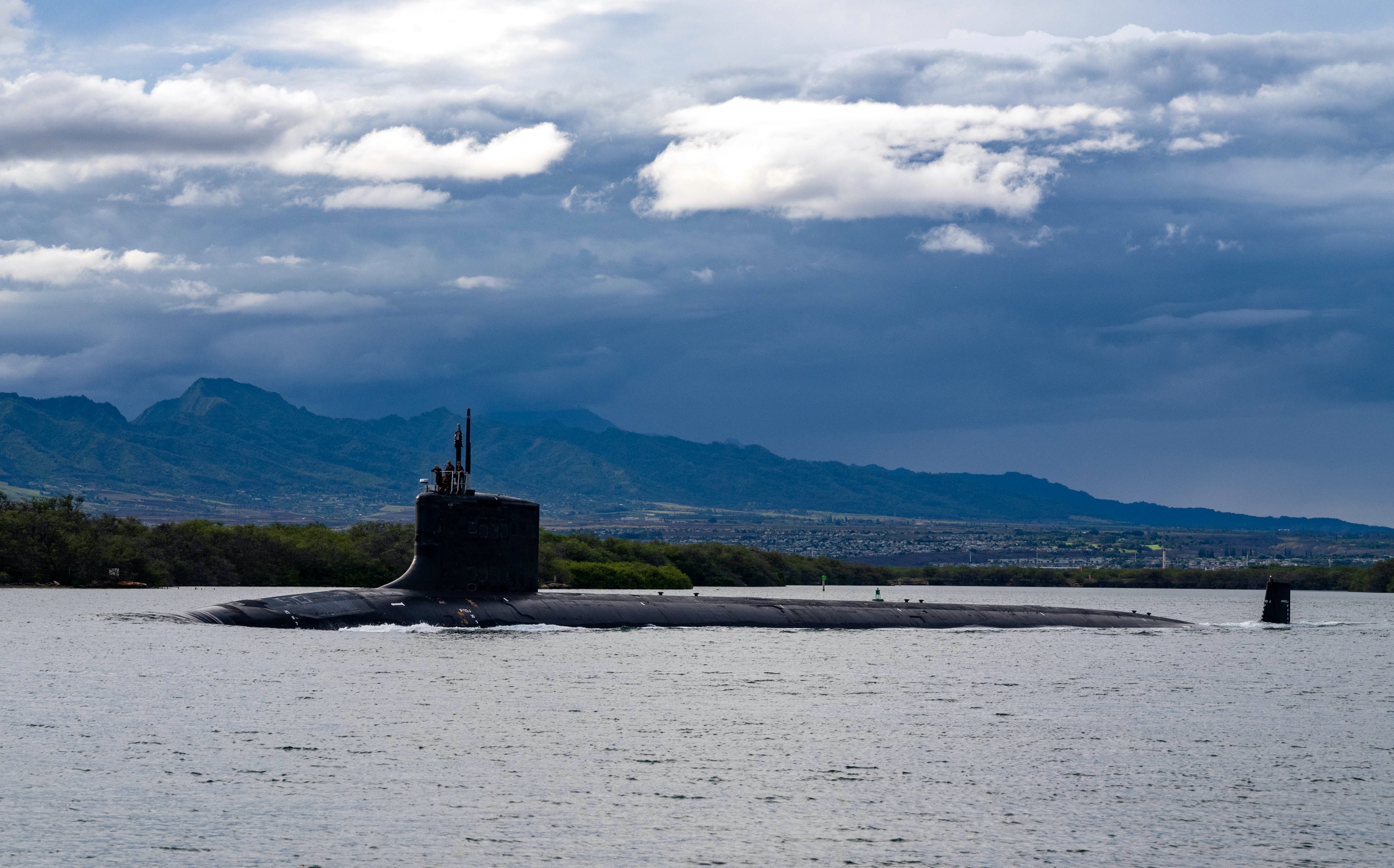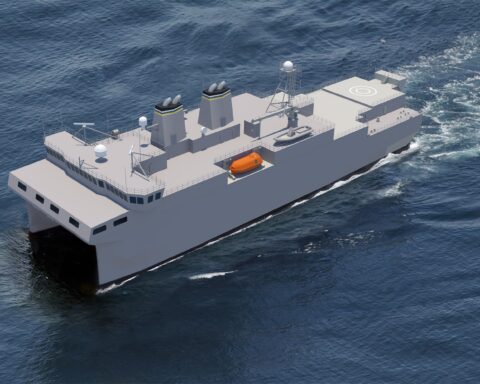The following is the Government Accountability Office report, Littoral Combat Ship: Actions Needed to Address Significant Operational Challenges and Implement Planned Sustainment Approach on Feb. 24, 2022.
From the report
What GAO Found
The Littoral Combat Ship (LCS) fleet has not demonstrated the operational capabilities it needs to perform its mission. Operational testing has found several significant challenges, including the ship’s ability to defend itself if attacked and failure rates of mission-essential equipment. The Navy is also behind schedule in developing the various mission modules—different configurations of key systems for different missions, such as mine countermeasures—for the LCS. In addition, GAO found that the LCS has frequently encountered challenges during deployments. The Navy has begun to take steps to address some of these issues, but it does not have a comprehensive plan to address the various deficiencies identified during testing and deployments. Without a comprehensive plan to address deficiencies, perform adequate testing of the mission modules, and implement lessons learned from completed deployments, the LCS will remain at risk of being unable to operate in its intended environment. Further, gaps between desired and demonstrated capabilities have substantial implications for the Navy’s ability to deploy the LCS as intended. Until the Navy makes future operational deployments contingent on progress in addressing gaps between desired and demonstrated capabilities, the LCS will continue to be dependent in combat and require protection by multi-mission combatants.
The Navy has implemented eight of the 10 recommendations from its 2016 Review of the LCS program. Among other things, it has implemented new approaches for assigning and training sailors for the LCS crew. However, the Navy is facing challenges in implementing a revised maintenance approach, under which Navy personnel will perform some maintenance currently being conducted by contractors. Until the Navy determines the specific tasks Navy personnel will perform, it risks not being able to meet the maintenance needs of the LCS, thus hindering the ships’ ability to carry out their intended missions.
The Navy’s operating and support (O&S) cost estimates for the LCS do not account for the cost implications of its revised maintenance approach. Specifically, the Navy has not assessed the cost implications of its revised maintenance approach, and thus lacks a clear picture of its impact on O&S costs. Some of the Navy’s O&S actual cost data are also incomplete and inaccurate. For example, the Navy reported on each O&S cost element for the seaframes in its Visibility and Management of Operating and Support Costs database, but it reported only on the maintenance cost element for the mission modules. Further, the Navy does not report maintenance costs separately for each mission module, but instead totals those costs for all mission modules and divides by the number of seaframes in the fleet. Without complete and accurate cost data, the Navy is at risk of failing to anticipate O&S cost increases that could create challenges in funding LCS as intended or delivering capabilities when expected.
Finally, the Navy has not updated its O&S cost estimates to reflect its revised operational and sustainment concepts and has not incorporated actual cost data into some of its estimates. Without complete information on the cost of implementing the revised operational and sustainment concepts, and the use of actual cost data, the Navy will not be able to analyze the differences between estimates and actual costs—important elements for identifying and mitigating critical risks to the LCS.
Download the document here.





